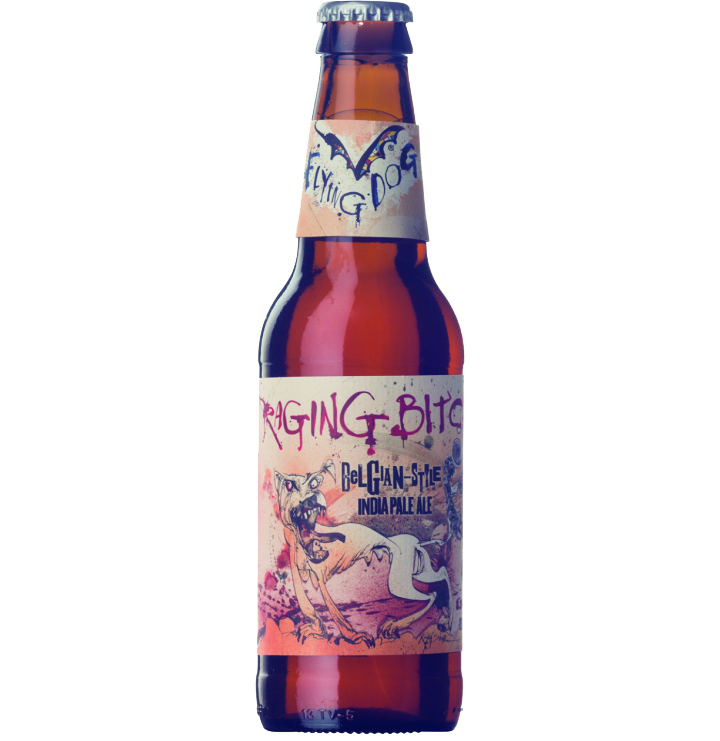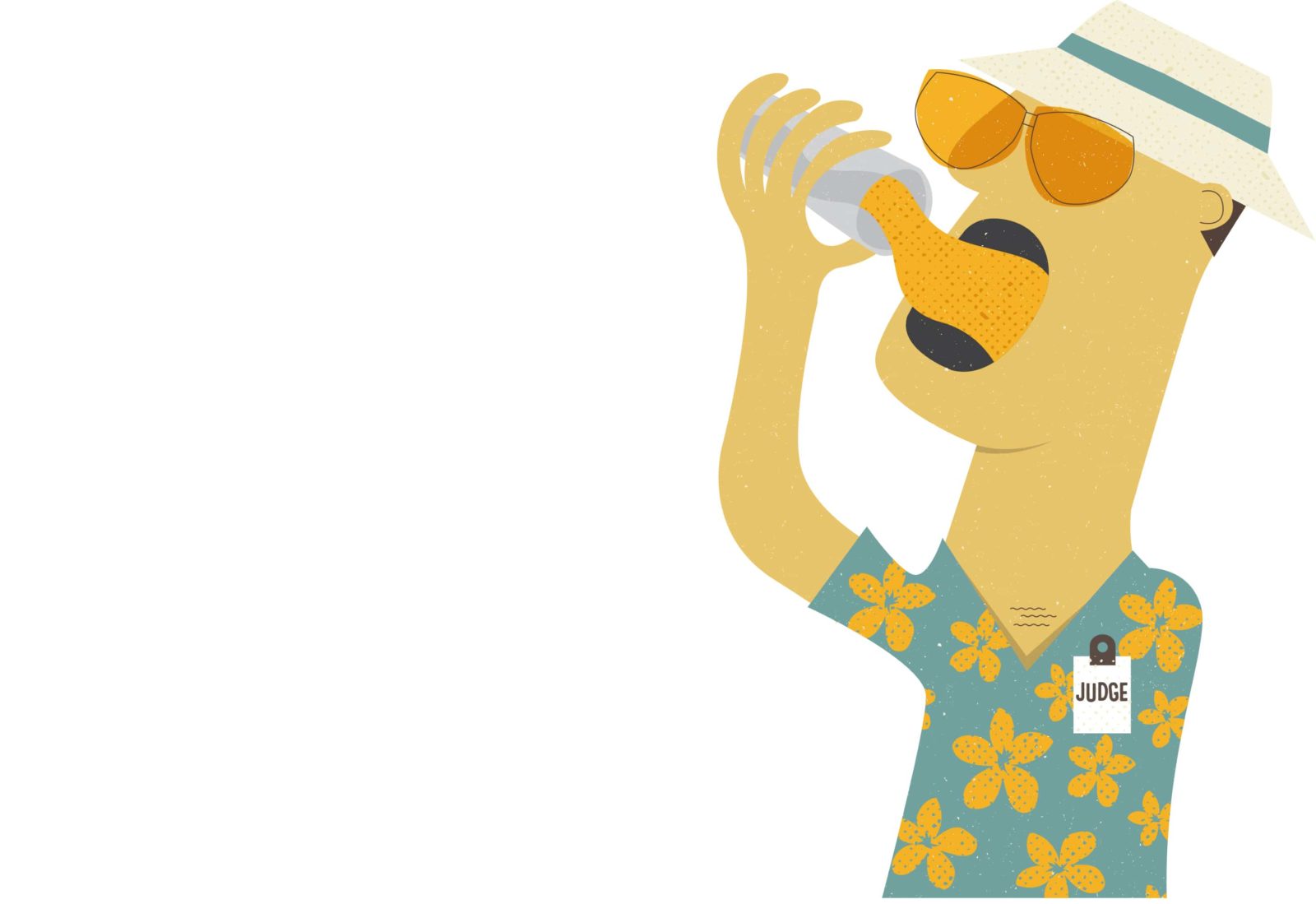Picture the scene: the Bomber Brewing booth at last year’s Whistler International Beer Festival. Bomber’s Choqlette Porter, a gently sweet, malty and smooth ale, is proving popular on what’s an unseasonably wet and chilly day.
The punters are full of questions. Where are you guys based? Is that a new release? What are the IBUs on the porter?
Um, excuse me? The latter question stumps the server, so she asks one of the brewers nearby. “I don’t know… 15?” he replies, taking an educated guess.
The punter looks disappointed. “Is that all? Give me the IPA.”
It’s not an unusual exchange, judging by reports from many breweries at festivals and tasting rooms. As ever more craft beer converts are welcomed into the fold, they’re seeing a growing amount of information on the labels of packaged brew.
Most of us know alcohol by volume (ABV). And it’s always good to see water, barley, hops, yeast listed in the ingredients, alongside any additional natural adjuncts.
But just as common are International Bittering Units – and they’re clearly causing some confusion.
The IBU measures hop bitterness. Specifically, it’s a measurement of the hops’ bitter alpha acids dissolved during the boiling process. It generally runs on a scale of 0-110, beyond which it’s accepted that the human palate can’t detect any
The biggest problem with the IBU is that it only measures hop bitterness, and not the overall perceived bitterness of the beer. It’s more of a tool for the brewer – and not really that useful for the consumer.
“Bitterness is just a tool to balance your beer and a lot of people don’t really get that,” says Parallel 49 brewmaster Graham With. “It’s just the scientific side of beer.”
So, a barley wine with 70 IBUs still tastes a little sweet, but balanced; whereas a lager with 70 IBUs would taste horrendously bitter. The barley wine’s huge malt sweetness from its greater grain content has to be balanced with more bittering hops than a lighter lager would need.
“It’s an analytical measurement. It’s not a relative or perceived measurement, and I think that’s where people get caught up,” says Michael Kuzyk, co-owner and brewmaster at Category 12 in Victoria.
“It’s really diving in to the geeky mechanics of devising a recipe.”
Here’s the other thing: For most brewers, IBU is a rough calculation used to determine how to balance out the wort’s sweetness. IBU can only be accurately measured in a laboratory, which only bigger breweries can afford – so what you’re seeing on many labels is an educated guess.
“I don’t think the consumer should be too gungho on IBU,” With says.
“I don’t think brewers fuss too much about it – at least not when they’re at the bar getting a beer. When they’re developing a recipe, it’s just part of the process.”
With says a more useful measurement for consumers would be a ratio between IBU and the beer’s final gravity – its residual sugars after fermentation.
“People would know if it’s in balance, your balance between your sugar and your bitterness. That’s how beer works.
“A ratio of residual sugar content and bitterness would be a better number. So people could say, oh, it’s really bitter but it’s a big sweet beer, so I can drink this.”
Kuzyk, for his part, admits he’s an “unashamed data geek” and likes having all those statistics – ABV, IBU, original gravity and final gravity – on his bottle labels.
He included a new one for Category 12’s first kettle sour – total acidity (TA), which ranges from 0 to 15 grams of acid per litre of sour wort. TA is a more clearly defined measurement of sourness than the pH scale, Kuzyk says, and should give the consumer an accurate indication of perceived sourness.
As for IBU, it shouldn’t have any bearing on whether you buy a beer or not. Unless you see a 70 IBU chocolate porter. Don’t buy that one. It’ll taste like ash.
Photo by Jonny Healy





